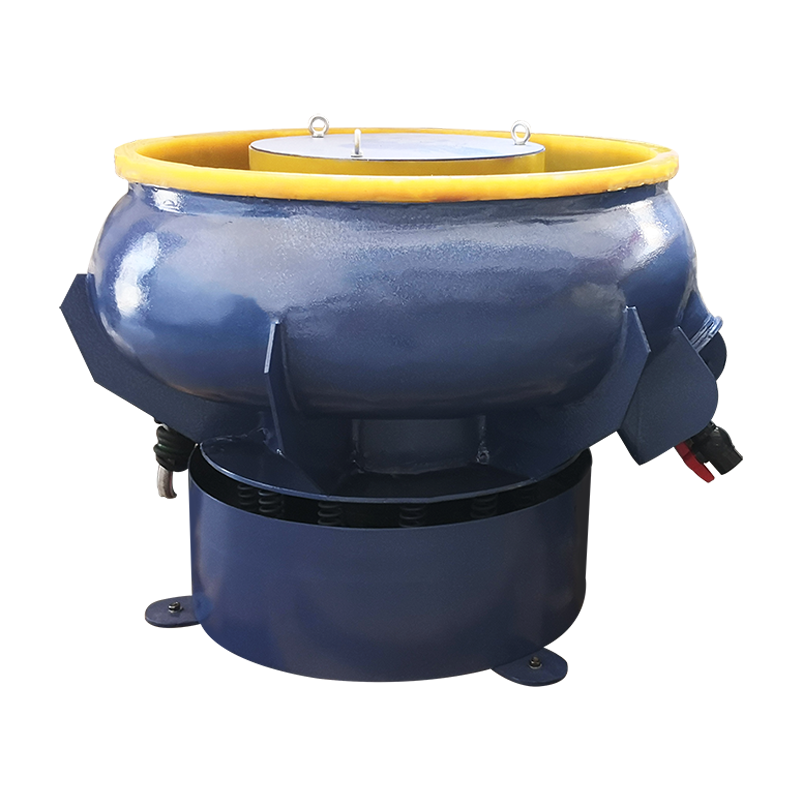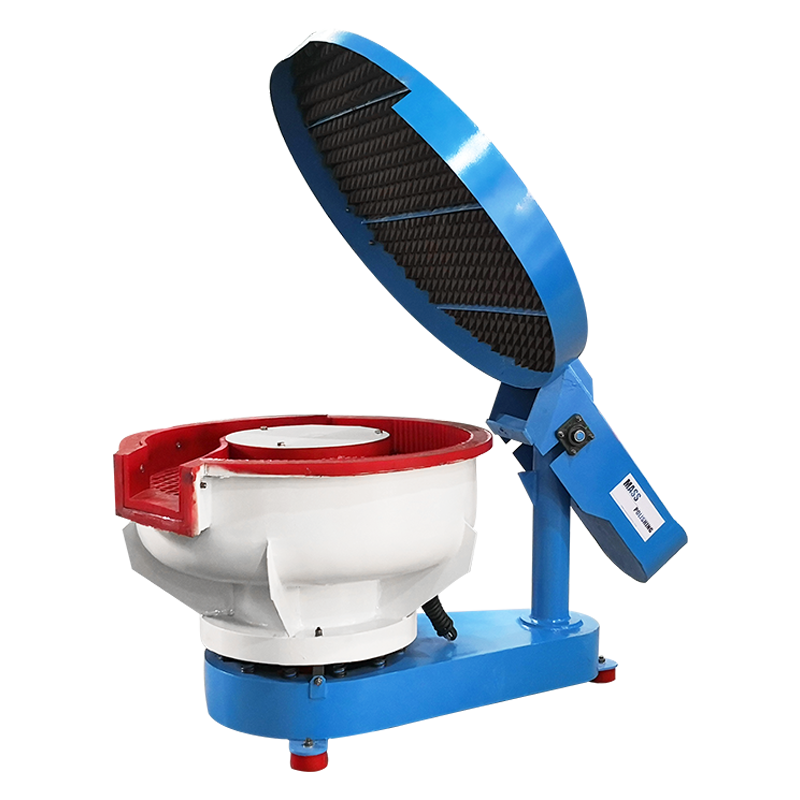
Customers often encounter problems of one kind or another during the grinding process, for example, the workpieces polished by the customer are black, not bright, or scratched. After understanding and analyzing the grinding, it is found that most of it is caused by the wrong selection of grinding materials or grinding machinery by customers.
For example, a customer who produces luggage hardware, his products are all zinc alloy die-casting parts, he uses brown corundum grinding stone to grind, the result is darker and darker; there is also a stainless steel circular gasket, using a vibration grinding machine In the process of grinding, there are many gaskets overlapping each other, and the defective product rate remains high. The emergence of these problems is closely related to their failure to handle the three important grinding elements. Since it is so important, what are the three elements of grinding? This is the grinding machine, grinding material and workpiece. Only a good combination of these three can achieve a multiplier effect. The following three elements are briefly analyzed:

1. Grinding machine
In surface treatment, commonly used machines include vibration grinders, magnetic grinders, drum grinders, centrifugal grinders, eddy current polishing machines, and vibration grinders and drum grinders are the most widely used. The vibrating grinder is easy to operate and is used for the processing of various parts in small, medium and large quantities; the barrel grinder is an economical grinding and polishing machine. The parts and grinding media rotate horizontally in a closed drum during operation, and the speed is relatively high. Slow, often used for small size, thinner parts, especially those parts with larger planes, it is easy to overlap with vibration grinding machine processing, more suitable for drum grinding machine; centrifugal grinding machine is actually a high-speed drum type finishing It is generally driven by a large plate to drive four centrifugal polishing barrels (there are also two small machines) high-speed rotation of centrifugal polishing barrels, with high friction and good polishing effect. It is often used for small parts that are not easy to process in vibration type polishing machines and drum type polishing machines. ; The vortex machine is also a high-speed polishing machine, which rotates through the chassis to form a strong flow friction motion, which is used to remove the front, deburr and polish small parts. The latest research and development of the magnetic grinding machine is automatic and intelligent, and the operation is simple, and it saves time and manpower. It is specially designed for the removal, deburring and polishing of small parts.

2.customer artifacts
Parts with different materials, parts with different specifications, and parts with different requirements also require different machines and grinding media. For example, the die-cast zinc alloy parts need to be descaled, and resin grinding stones should be used; while the stamped stainless steel parts need to be sharpened and deburred, then brown corundum grinding stones with high cutting force should be used...
3. Abrasive materials
Grinding materials include grinding stones, polishing stones, abrasives, gloss agents, cleaning agents and other grinding and polishing materials. Each material has its own application range. For example, plastic grinding stones are used for softer materials such as aluminum, zinc, and copper. , Plastics, etc.; ceramic grinding stones are used for harder materials, such as iron, stainless steel, white iron, steel, etc.; for parts made of iron, iron gloss agent is needed, and parts made of copper are required for polishing. Copper gloss agent, hand tool cutting agent is used for all kinds of wrenches, sockets, and nozzles to remove black film and scale. If used for other parts, it may corrode and damage parts, etc. Summarizing the above cases, as long as the customer fully understands the performance and characteristics of the three elements of grinding, they can effectively match them, so as to achieve a multiplier effect in the grinding process.